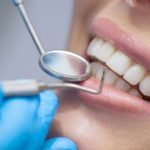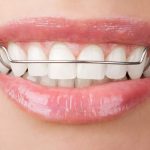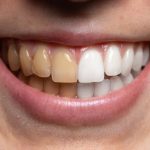Whiter Teeth in a Flash: How Long Does it Take to Achieve a Brighter Smile?
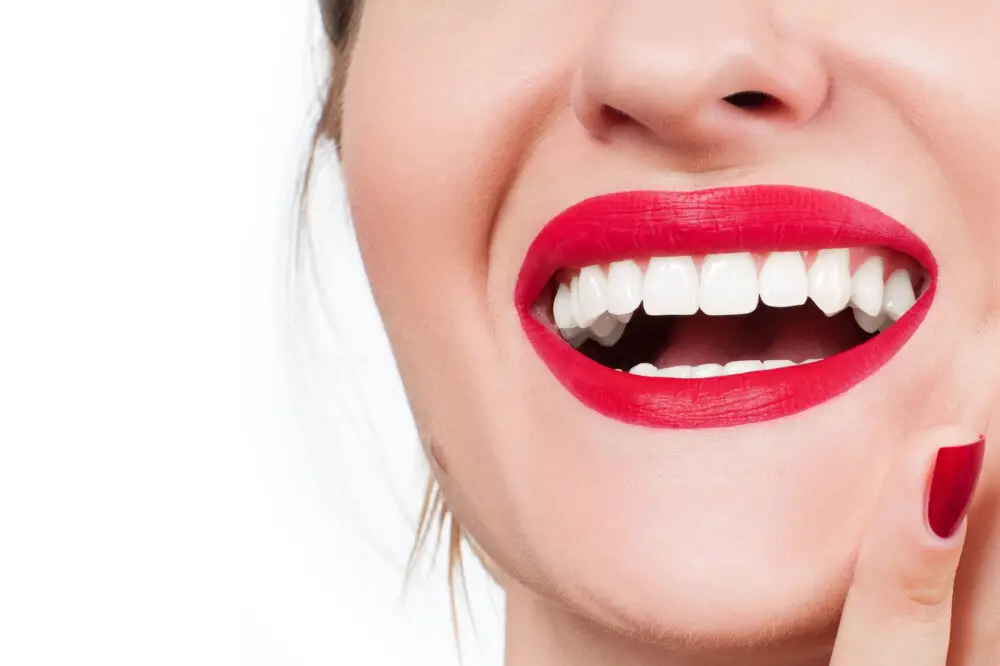
A bright, white smile is a coveted attribute in today’s society. With the rise of social media and the constant sharing of images, there is more pressure than ever to have a set of pearly whites that sparkles on camera. However, achieving a brighter smile is not always easy, and the length of time it takes to achieve varies depending on several factors. In this article, we will explore the different methods to whiten teeth and how long it takes to achieve a brighter smile. There are many ways to whiten teeth, ranging from at-home remedies such as baking soda and hydrogen peroxide to professional treatments like laser whitening. However, the effectiveness of each method varies, and some may take longer than others to achieve the desired results. Additionally, there are factors such as the severity of the staining, the age of the patient, and the overall health of the teeth that can impact the length of time it takes to achieve a brighter smile. By understanding the different methods and factors that come into play, individuals can make informed decisions about how to achieve a brighter, whiter smile in a timeframe that suits their needs.
Understanding Teeth Discoloration Causes

Teeth discoloration can be a frustrating and embarrassing problem that affects people of all ages. Understanding the causes of teeth discoloration is crucial for finding effective solutions to the problem. There are various factors that can cause teeth to become discolored, including lifestyle habits, genetics, and certain medical conditions. Some common lifestyle habits that can lead to teeth discoloration include smoking, drinking coffee and tea, and consuming sugary or acidic foods and drinks. Genetics can also play a role in teeth discoloration, as some people are simply more prone to developing yellow or stained teeth. Additionally, certain medical conditions, such as certain types of cancer and chemotherapy, can cause teeth discoloration as a side effect. Another common cause of teeth discoloration is poor oral hygiene. When teeth are not properly cleaned and maintained, plaque and bacteria can accumulate on the surface of the teeth, leading to discoloration and staining. In some cases, teeth discoloration can also be caused by underlying dental problems, such as cavities or gum disease. For this reason, it is important to visit a dentist regularly for routine cleanings and checkups to ensure that any underlying dental issues are addressed promptly. By understanding the causes of teeth discoloration, you can take steps to prevent and treat the problem, and achieve a brighter and more confident smile.
There are various types of teeth discoloration that can affect the appearance of your smile. The most common type is extrinsic discoloration, which occurs due to the accumulation of stains on the outer layer of the teeth. This type of discoloration can be caused by factors such as smoking, drinking coffee or tea, or consuming certain foods and beverages. Intrinsic discoloration, on the other hand, occurs within the tooth itself and can be caused by factors such as aging, genetics, or exposure to certain medications or chemicals. Finally, there is a combination of both intrinsic and extrinsic discoloration, which can make achieving a whiter smile more challenging. Understanding the type of discoloration you have is important in determining the best treatment options for achieving a brighter smile.
There are several factors that can cause teeth discoloration. The most common causes include poor dental hygiene, consumption of certain foods and drinks such as coffee, tea, red wine, and soda, smoking and tobacco use, aging, genetics, and certain medications such as antibiotics. Poor dental hygiene can lead to a buildup of plaque and tartar on the teeth, which can cause yellowing and staining. Foods and drinks that are high in pigment, acidity, and sugar can also leave stains on the teeth. Smoking and tobacco use not only cause yellowing of teeth but also increase the risk of gum disease and oral cancer. Aging and genetics can cause the enamel on the teeth to wear down, revealing the yellowish dentin underneath. Certain medications such as antibiotics can also cause teeth discoloration as a side effect.
Teeth Whitening Methods
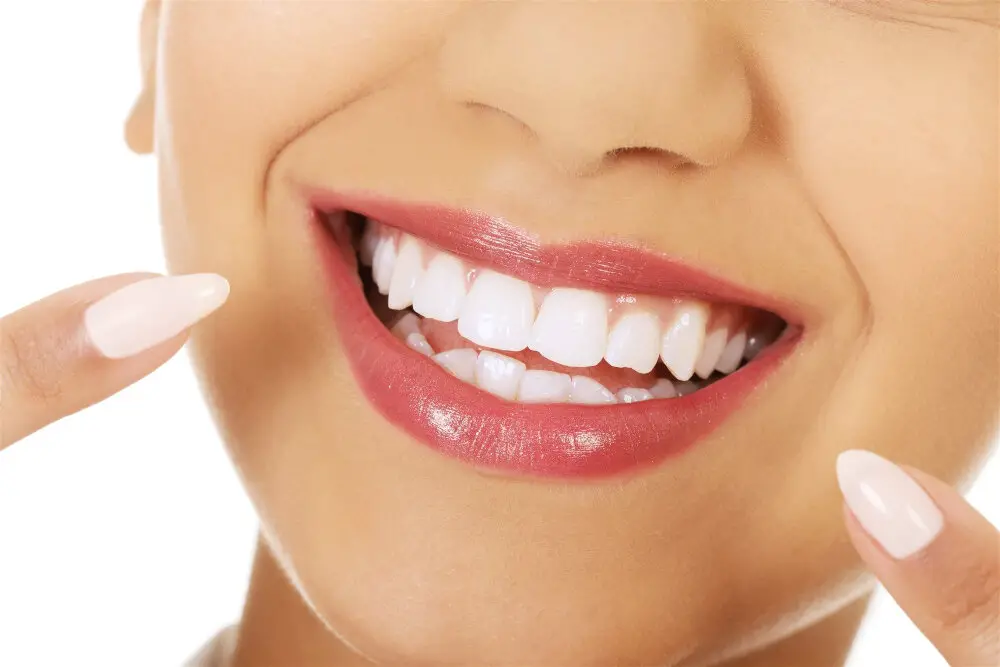
Achieving a brighter, whiter smile is a common goal for many people. There are various teeth whitening methods available, each with its own benefits and drawbacks. One of the most popular methods is professional teeth whitening through a dentist. This typically involves the use of a special gel containing hydrogen peroxide, which is applied to the teeth and then activated with a special light. This method can produce dramatic results in a single session, but may require multiple appointments to achieve the desired level of whiteness. It is also more expensive than other methods, but may be worth the investment for those seeking immediate and long-lasting results. Another popular teeth whitening method is over-the-counter whitening products, such as whitening toothpaste, strips, and gels. These products are generally less expensive than professional treatments, but may take longer to produce noticeable results. It is important to choose a reputable brand and follow the instructions carefully to avoid damaging the teeth or causing sensitivity. While over-the-counter products may not be as effective as professional treatments, they can be a good option for those on a budget or who prefer a more gradual approach to whitening their teeth. Ultimately, the best teeth whitening method will depend on individual preferences, budget, and the level of whiteness desired.
Over-the-counter teeth whitening products are a popular choice for those seeking a brighter smile. These products include whitening toothpaste, strips, gels, and trays. While they can be effective, it’s important to note that the results may vary and it may take several weeks of consistent use to see a noticeable difference. Additionally, some products may cause tooth sensitivity or irritation to the gums, so it’s important to follow the instructions carefully and consult with a dentist if any issues arise. Overall, over-the-counter teeth whitening products can be a convenient and affordable option for those looking to enhance their smile.
In-office teeth whitening procedures are a popular choice for those seeking a brighter smile in a short amount of time. These procedures are typically performed by a dentist or trained professional and involve the use of a strong bleaching agent applied directly to the teeth. The process usually takes around an hour and can result in teeth that are several shades lighter. While in-office procedures tend to be more expensive than at-home whitening kits, they offer a higher level of effectiveness and immediate results. It’s important to note that not everyone is a good candidate for in-office whitening, and some people may experience sensitivity or other side effects. However, for those looking to quickly and dramatically improve the appearance of their teeth, in-office whitening can be a great option.
When it comes to achieving a brighter smile, natural teeth whitening remedies can be a great option. These remedies are often affordable and accessible, making them a popular choice for those who want to improve their smile without spending a lot of money. Some of the most effective natural remedies include oil pulling, baking soda, hydrogen peroxide, and activated charcoal. Oil pulling involves swishing oil around in your mouth to remove bacteria and toxins, while baking soda can help to scrub away stains. Hydrogen peroxide can be used as a mouthwash or mixed with baking soda to create a paste, and activated charcoal can be applied to the teeth in the form of a powder or paste. While natural remedies can be effective, it’s important to remember that they may not work as quickly or as dramatically as professional whitening treatments.
How Long Does it Take to See Results?
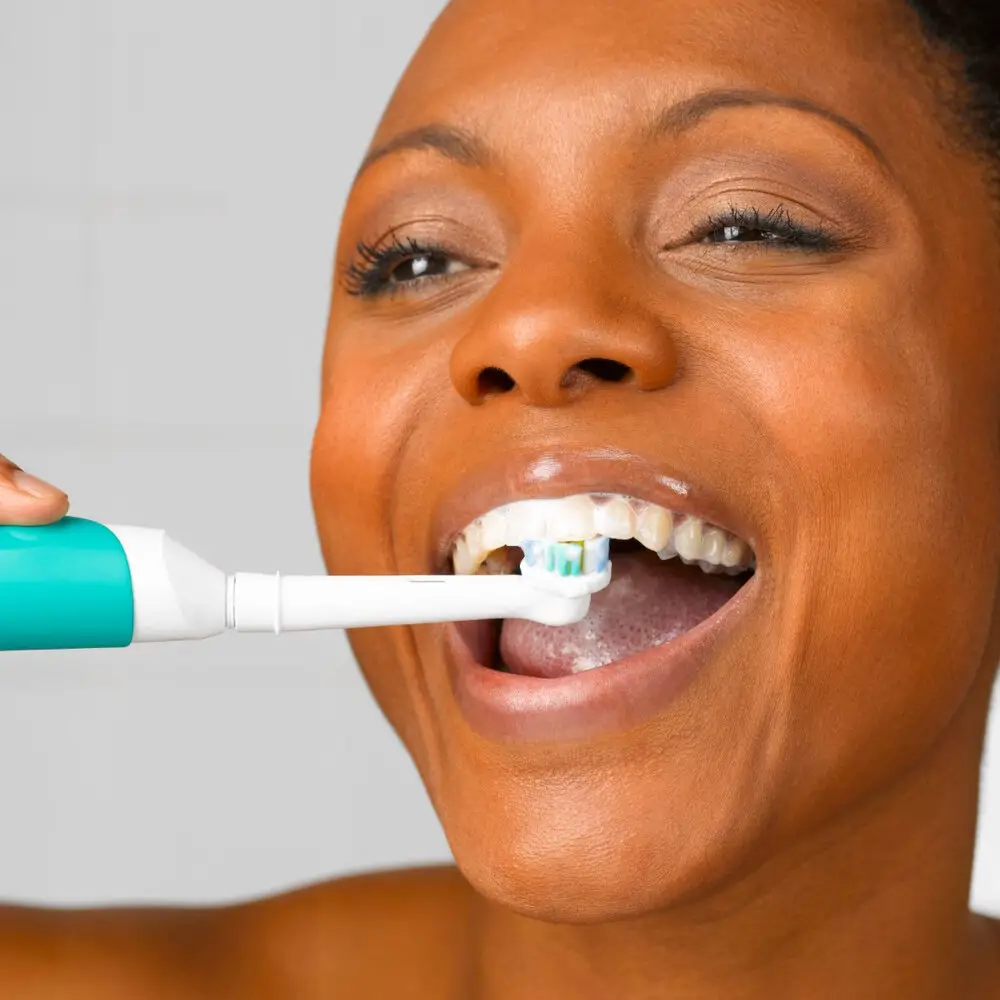
Achieving a brighter smile is a process that requires patience and consistency. The length of time it takes to see results varies depending on the method used. For example, professional teeth whitening treatments can produce noticeable results in just one session, while at-home whitening kits may take several weeks of consistent use before results are seen. It is important to note that the effectiveness of these treatments also depends on the severity of the staining or discoloration of the teeth. In addition to the method used, there are other factors that can affect how long it takes to see results. For instance, lifestyle choices such as smoking, drinking coffee or red wine, and consuming other foods and drinks that stain teeth can delay the whitening process. Good oral hygiene habits, such as brushing and flossing regularly, can also help to speed up the process. Ultimately, patience is key when it comes to achieving a brighter smile. With consistent effort and the right treatment plan, anyone can achieve the dazzling smile they desire.
The duration of teeth whitening may vary depending on several factors. Firstly, the severity of the staining or discoloration can impact how long it takes to achieve a brighter smile. Surface-level stains caused by coffee or tobacco may require only a few sessions, while deeper stains caused by medication or genetics may require longer treatment. Secondly, the method of whitening used can also affect the duration. In-office bleaching with high-concentration hydrogen peroxide may achieve results in as little as one hour, while at-home treatments with lower concentrations may take several weeks to see noticeable improvement. Lastly, individual factors such as age, diet, and oral hygiene habits can also impact the duration of teeth whitening. Overall, it’s important to consult with a dental professional to determine the best course of action for achieving a whiter smile.
Achieving a brighter, whiter smile is a common goal for many people. Teeth whitening is a popular cosmetic dental procedure that can help to remove stains and discoloration from the teeth. The average timeframe for teeth whitening varies depending on the method used. In-office treatments can typically be completed in one to two hours, while at-home treatments may take several days to a few weeks. Factors such as the severity of the discoloration, the type of treatment, and the individual’s oral hygiene habits can also affect the timeframe for achieving a brighter smile. It is important to consult with a dental professional to determine the best method and expected timeframe for achieving the desired results.
Maintaining White Teeth
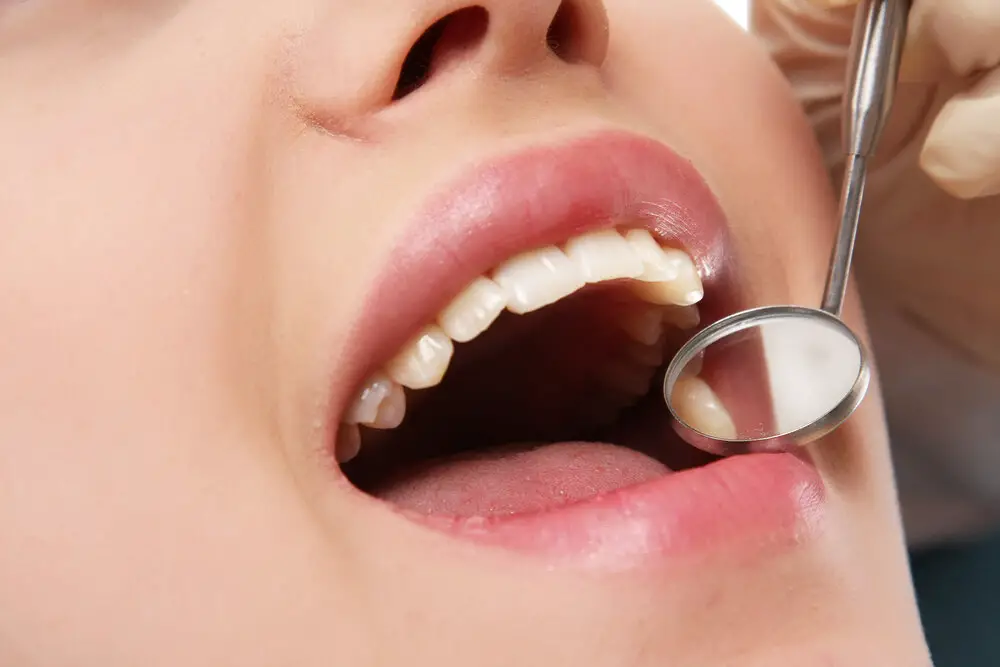
Maintaining white teeth is essential to keep your dental health in check and to achieve a brighter smile. Brushing your teeth twice a day with a fluoride toothpaste is an excellent way to keep your teeth clean and healthy. Flossing regularly can also help remove plaque and food particles that may cause discoloration. Additionally, using an antibacterial mouthwash can help kill bacteria that cause bad breath and tooth decay. It’s also essential to avoid foods and drinks that can stain your teeth, such as coffee, tea, red wine, and dark-colored berries. If you can’t resist these beverages, make sure to rinse your mouth with water afterward to minimize the staining effect. Another way to maintain white teeth is to visit your dentist for a professional cleaning every six months. During the cleaning, your dentist will remove any plaque or tartar buildup that brushing and flossing can’t remove. They will also polish your teeth to remove surface stains and give your smile a brighter appearance. You can also consider using at-home teeth whitening products, such as whitening strips or trays. However, it’s essential to follow the instructions carefully and avoid overuse, as this can cause tooth sensitivity and damage. By following these tips, you can maintain a bright, healthy smile that you can be proud of.
Maintaining white teeth is an essential part of oral hygiene and a confident smile. However, it can be quite challenging to achieve and sustain a bright smile without proper care. Brushing and flossing regularly, avoiding teeth-staining food and drinks, and visiting the dentist for cleanings are some of the fundamental tips for maintaining white teeth. Additionally, using whitening toothpaste, mouthwash, and strips can also help to brighten the teeth. However, it’s crucial to consult with a dental professional before starting any whitening treatment, as they can advise on the best approach and ensure healthy teeth and gums. With consistent and proper care, a sparkling white smile can be achieved and maintained for a long time.
When it comes to achieving a brighter smile, it’s not just about the products and treatments you use, but also the foods and drinks you consume. There are certain items that can stain your teeth and hinder your progress towards whiter teeth. For example, dark-colored beverages such as coffee, tea, and red wine can leave unsightly stains on your teeth. Acidic foods like citrus fruits and tomato-based sauces can also erode your enamel and cause discoloration. Sugary drinks and snacks can lead to tooth decay and yellowing. It’s important to limit or avoid these foods and drinks if you want to achieve a brighter, healthier smile.
Conclusion
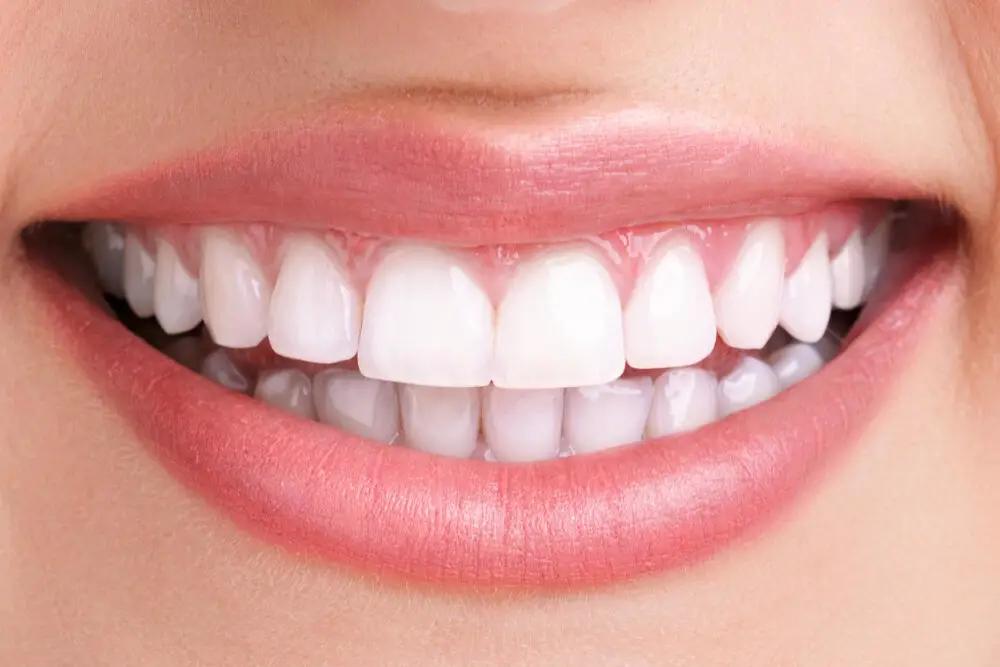
In conclusion, achieving a brighter smile can be a quick and easy process, but the duration of the results may vary. While some methods like teeth whitening strips or in-office treatments can provide immediate results, they may not be long-lasting. Other methods like natural remedies or lifestyle changes may take longer to show results, but they can be more sustainable. Ultimately, the best approach to achieving whiter teeth will depend on individual preferences, budget, and oral health conditions. It’s crucial to consult with a dental professional before starting any teeth whitening regimen to ensure safety and effectiveness. With the right approach and patience, anyone can achieve a brighter, more confident smile.
